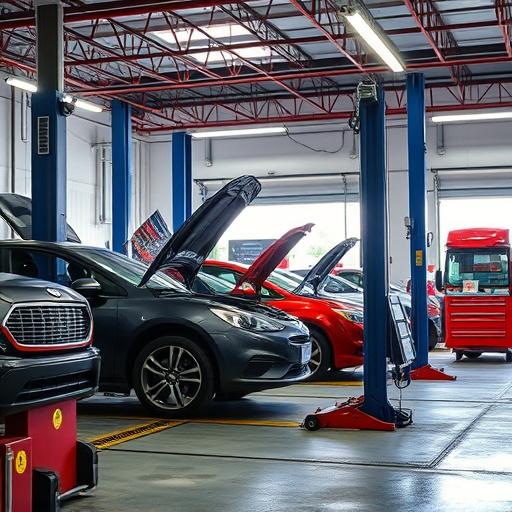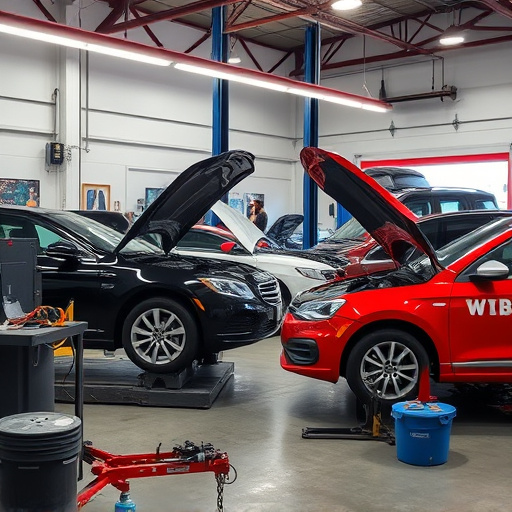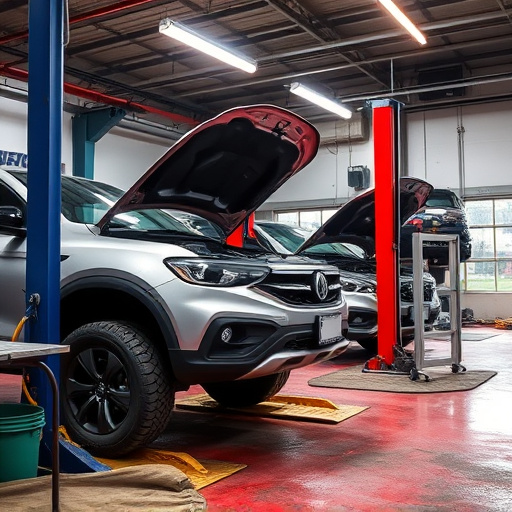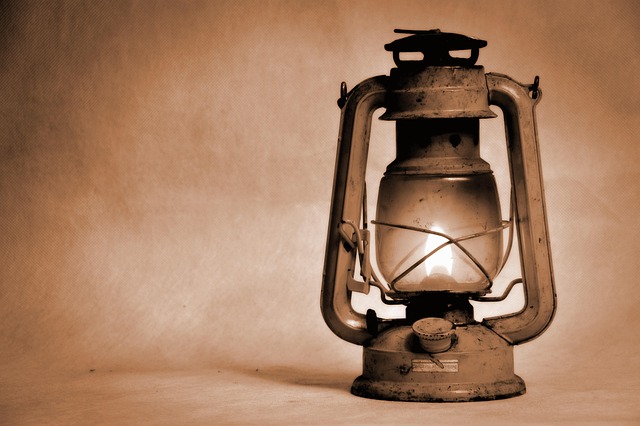When facing unexpected vehicle repairs, repair financing options provide flexible payment terms and competitive rates, allowing car owners to fix their cars without financial strain. Unlike personal loans, these options are tailored exclusively for automotive repairs, with lower interest rates and specific terms for urgent collision center work. Key factors differentiate them from personal loans, crucial for selecting the most suitable type based on needs and budget.
When unexpected home repairs arise, understanding your financing options is crucial. This article delves into two popular choices: repair financing options and personal loans. We’ll explore the benefits and drawbacks of each, helping you make an informed decision. By comparing key factors like interest rates, repayment terms, and eligibility requirements, you can choose the best repair financing options tailored to your needs.
- Understanding Repair Financing Options: An Overview
- Personal Loans: Pros and Cons for Home Repairs
- Comparing Loan Types: Key Factors to Consider
Understanding Repair Financing Options: An Overview

When it comes to unexpected repairs for your vehicle, such as a fender bender or bumper repair, understanding your financing options is key. Repair financing options are specifically tailored to help car owners navigate these unforeseen expenses without breaking the bank. These plans often offer flexible payment terms, competitive interest rates, and sometimes even zero-interest periods, making auto repair shop visits less stressful.
Unlike personal loans that may have broader applications, repair financing options are designed with the sole purpose of covering automotive repairs. This specialized approach ensures that you’re not burdened with additional debt unrelated to the fender bender or other minor incidents. It’s a practical solution for those looking to fix their vehicles promptly without sacrificing financial stability.
Personal Loans: Pros and Cons for Home Repairs

Personal Loans offer a straightforward approach to funding home repairs, with several advantages. One significant pro is accessibility; these loans are readily available from various lenders, including banks and online platforms. The application process is often simple, requiring only basic information and documentation. This makes personal loans an attractive option for quick fixes or minor renovations. Additionally, the funds can be disbursed promptly, allowing homeowners to start their projects without delay.
However, there are potential drawbacks. Personal loans typically carry higher interest rates compared to specialized repair financing options. The repayment terms might also be less flexible, with fixed schedules that could strain monthly budgets. Moreover, while personal loans cover a wide range of expenses, they may not be the best choice for specific jobs like car dent removal or scratch repair, as lenders often have varying eligibility criteria and restrictions on use of funds.
Comparing Loan Types: Key Factors to Consider

When comparing repair financing options to personal loans for unforeseen repairs like auto glass replacement or fender repair, several key factors come into play. Firstly, interest rates and terms vary significantly between these loan types. Repair financing options are often structured with lower interest rates and flexible repayment plans tailored to the specific repair project, making them an attractive choice for consumers. In contrast, personal loans may carry higher interest rates, especially if you have less-than-perfect credit.
Secondly, the purpose of the loan influences your decision. Repair financing options are specifically designed to cover urgent repairs at collision centers or specialized shops, offering peace of mind and convenience. On the other hand, personal loans are more versatile and can be used for a broader range of expenses, including home improvements, medical bills, or even vacations. Ensure you choose the loan type that aligns best with your needs and budget.
When considering funding for home repairs, understanding the nuances of repair financing options versus personal loans is key. While personal loans offer convenience and faster access, repair financing options often provide more flexible terms, lower interest rates, and specialized repayment structures tailored to the repair project’s scope. Carefully evaluating your financial situation and comparing these loan types based on factors like interest rates, repayment terms, and fees will help you make an informed decision that best suits your home improvement needs.













